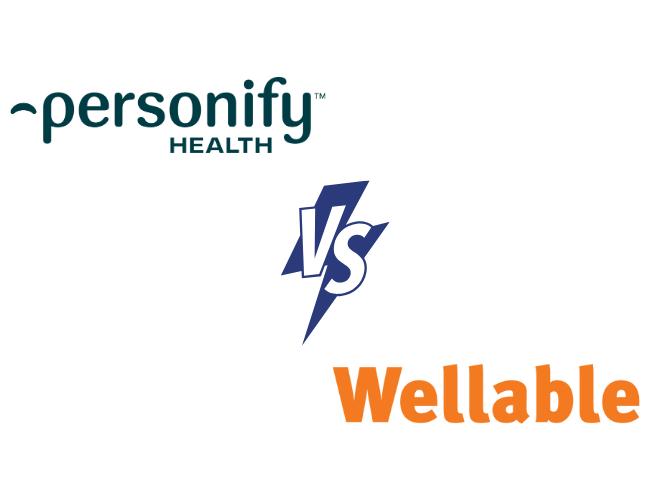In May, due to the impact of the COVID-19 pandemic on business operations, the IRS issued a notice giving employers the option to allow employees to make changes to their health insurance plans and benefits enrollment. Typically, employees have to undergo a qualifying event—such as getting married, having a child, or experiencing a change in employment eligibility—before they are allowed to make any changes to these plans in the middle of the year. Employers may also set a timeframe (much like an extra enrollment period) and can limit what kind of changes are available for employees to make. Still, most employers have not taken advantage of the IRS’s guidance and kept their benefits plan as it is for the year, even though only 15% of employers expect their healthcare costs to be what they expected and budgeted for 2020.
According to a survey conducted by Mercer, over half of employers are not allowing mid-year changes. Instead of changing benefits, employers are primarily focusing on ways to make the workplace safer and more accommodating to social distancing recommendations, enabling virtual and remote work situations and rethinking coworker connectedness and collaboration. Employers are also increasing their communication and transparency with workers as work situations evolve and change over time. These are all great things to be doing, of course. Nonetheless, it remains important to deal with the unexpected financial, health, and personal changes that many people have faced since the pandemic began.
Mid-Year Changes To Flexible Spending Accounts (FSAs)
Of the 47% of employers that have taken advantage of this opportunity, the majority are allowing changes to pre-tax contributions to dependent care FSAs (43%) and healthcare FSAs (29%). It makes sense these would be the most popular changes employers are allowing; FSA contributions can have significant financial consequences. With unemployment levels running high, many households are struggling with substantially reduced income and are not able to contribute as much money to these accounts as they may have previously planned for the year. The IRS is also allowing employers to retroactively extend the grace period through the end of 2020 for any unused funds from 2019 FSAs.
Additionally, employees may not have as much use for these accounts. Both child and family care situations have changed dramatically with COVID-19 restrictions as daycares and schools closed, and many people are delaying or cancelling elective treatment for non-urgent health procedures. Allowing employees to make these mid-year changes is an easy and affordable way to support them as they navigate the various challenges of COVID-19.
Companies are much less likely to allow employees to enroll in a different healthcare plan or switch to a different tier within a plan (8%) or add dependents to their plans (9%). For employers, these changes have the potential to incur higher costs and more risk for the sponsor. However, from an employee perspective these changes could have big savings. If a spouse or family member loses employment along with their employer-sponsored insurance plan, it would be more affordable for the employee to add that family member to their plan than enroll in COBRA.
Help Employees Take Control
Employers should make an effort to reconsider benefits in order to best support their workforce. At this point, many companies have been able to adjust to the year’s new working style or have plans underway. A productive next step would be to examine how employees’ wellness and financial needs have evolved. Allowing these mid-year changes can be simple to implement, and it gives back more control to workers affected by this year’s events.
Just as new work situations at home or reconfigured office spaces can affect employee productivity, so can employee stress levels and wellness. Dealing with added family responsibilities, financial burdens, and health concerns can hurt mental and emotional well-being as well as work performance and focus. Being able to bring back some kind of control by allowing plan changes or altering benefits in other ways (such as offering more time off, telemedicine resources, or reimbursements for home office equipment) can support employees as everyone adjusts to reopening plans and new work policies.












